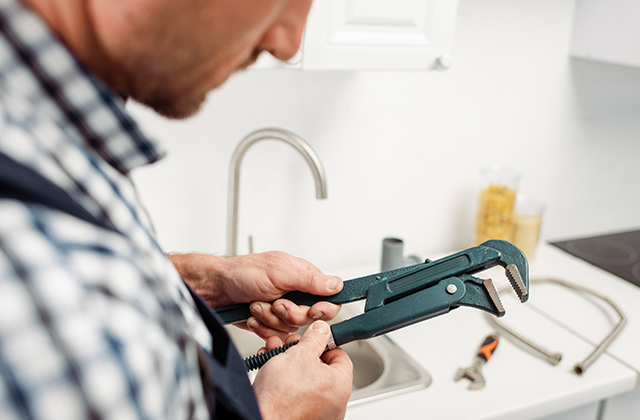Introduction
Pipe liners are used to repair and rehabilitate old or damaged pipes without the need for excavation. They are a cost-effective solution that can extend the life of your pipes and prevent leaks and other plumbing issues. However, not all pipe liners are created equal, and their lifespan can vary depending on a variety of factors. If your plumbing issues still persist you can contact Sydney relining pipe and less assure they will do the rest.
Understanding Pipe Liners
Pipe liners are essentially a new pipe within an old pipe. They are made from various materials, such as epoxy, cured-in-place pipe (CIPP), PVC, HDPE, and cast iron. The liner is inserted into the old pipe and then expanded, creating a new, seamless pipe within the existing one.
Factors Affecting the Lifespan of Pipe Liners Several factors can affect the lifespan of pipe liners, including:
- Type of material used
- Installation method
- Age and condition of the existing pipe
- Environmental factors (e.g., soil conditions, temperature changes)
- Maintenance and upkeep
How Long Do Different Types of Pipe Liners Last?
A. Epoxy Liners Epoxy liners are one of the most popular types of pipe liners. They are durable, long-lasting, and can be used in a variety of applications. On average, epoxy liners can last between 50-100 years, depending on the material’s quality and installation.
B. Cured-in-Place Pipe (CIPP) Liners CIPP liners are created by saturating a felt liner with a thermosetting resin and then inserting it into the old pipe. The liner is then cured with heat or UV light. CIPP liners can last up to 50 years, depending on the quality of the material and installation.
C. PVC Liners PVC liners are made from polyvinyl chloride and are commonly used for wastewater and sewage applications. They are lightweight, easy to install, and can last up to 50 years or more, depending on the quality of the material and installation.
D. HDPE Liners HDPE (high-density polyethylene) liners are a popular choice for gas and water applications. They are lightweight, flexible, and can resist corrosion and other environmental factors. HDPE liners can last up to 50 years or more, depending on the quality of the material and installation.
E. Cast Iron Liners Cast iron liners are typically used for older sewer and drainage pipes. They are durable and can last up to 100 years or more, depending on the quality of the material and installation.
V. Tips to Extend the Life of Pipe Liners To extend the life of your pipe liners, consider the following tips:
- Schedule regular inspections to identify any issues before they become major problems.
- Avoid pouring harsh chemicals down your drains, as they can damage the liner and reduce its lifespan.
- Keep your pipes clean and free of debris to prevent blockages and other plumbing issues.
- Avoid excessive pressure and force on the pipes, which can cause damage or wear over time.
- Hire a professional plumbing company with experience in pipe liner installation and maintenance.
Conclusion
Pipe liners can be a cost-effective solution for repairing and rehabilitating old or damaged pipes. However, their lifespan can vary depending on several factors. By understanding the different types of pipe liners and how long they last, you can make an informed decision about which type of liner is best for your needs. By following the tips we provided, you can extend the life of your pipe liners and avoid costly repairs and replacements.
